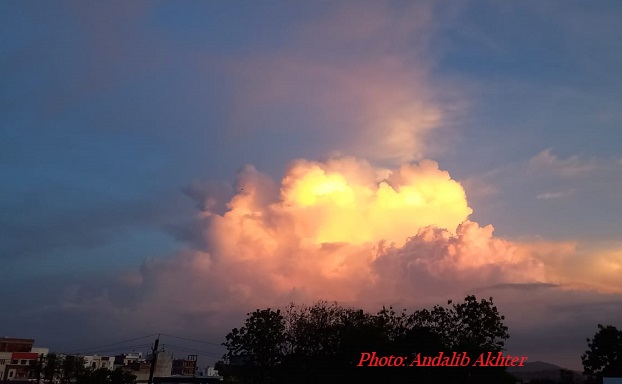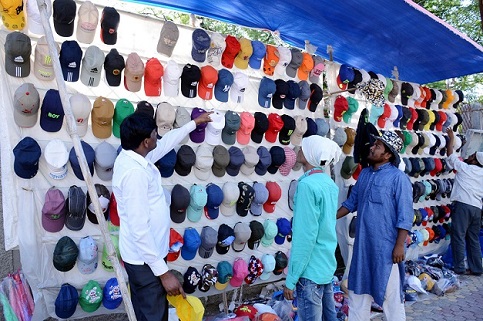Delhi has seen a steady rise in temperature in recent days, culminating in the highest temperature recorded this summer on Sunday. The conditions are expected to turn worse as severe heat waves over the northwest Indian plains are predicted to continue during the next five days, said the report.

AMN / WEB DESK
Severe Heatwave continued to grip North-West India as Najafgarh in Delhi recorded 47.8 degrees Celsius highest in the country today. Mungeshpur and Pitampura also sizzled at 47.7 degrees Celsius and 47 degrees Celsius.
However, most of the areas in the national capital registered maximum temperatures in the range of 45-47 degrees Celsius, which is four to six degrees above the normal range.
According to the IMD, most areas in Delhi were hotter as compared to cities in neighbouring Rajasthan, a state which has the Thar Desert and is known for having temperatures breaching the 50-degree Celsius mark.
Delhi has seen a steady rise in temperature in recent days, culminating in the highest temperature recorded this summer on Sunday. Saturday’s temperature was 43.6 degrees Celsius, up from 42.5 degrees Celsius on Friday.
While Najafgarh recorded a high of 47.8 degrees Celsius, while Mungeshpur recorded 47.7 degrees, Aya Nagar recorded 46.4 degrees, Pusa recorded 46.5 degrees, Pitampura recorded 47 degrees, and Palam recorded 45.1 degrees.

While the station at Safdarjung recorded a high of 44.4 degrees Celsius, four notches above the normal on Sunday, other parts of the city saw the mercury soaring above 47 degrees Celsius.
The India Meteorological Department (IMD) predicted mainly clear skies with heatwave conditions in many parts of Delhi and severe heat wave conditions in other areas, accompanied by strong surface winds at speeds of 25-35 kmph on Monday.
In a seven-day forecast, the IMD has urged “extreme care for vulnerable people” due to the heatwave. There is a very high likelihood of developing heat-related illness and heat stroke in people of all ages, and a significant health concern for vulnerable individuals such as infants, the elderly, and those with chronic diseases. “Avoid heat exposure and ?keep cool. Avoid dehydration,” the IMD said.

The weather department has suggested drinking sufficient water and using ORS or homemade drinks such as lassi, torani (rice water), lemon water and buttermilk to stay hydrated.
The threshold for a heatwave is met when the maximum temperature of a weather station reaches at least 40 degrees Celsius in the plains, 37 degrees in the coastal areas, and 30 degrees in the hilly regions, and the departure from normal is at least 4.5 notches.
